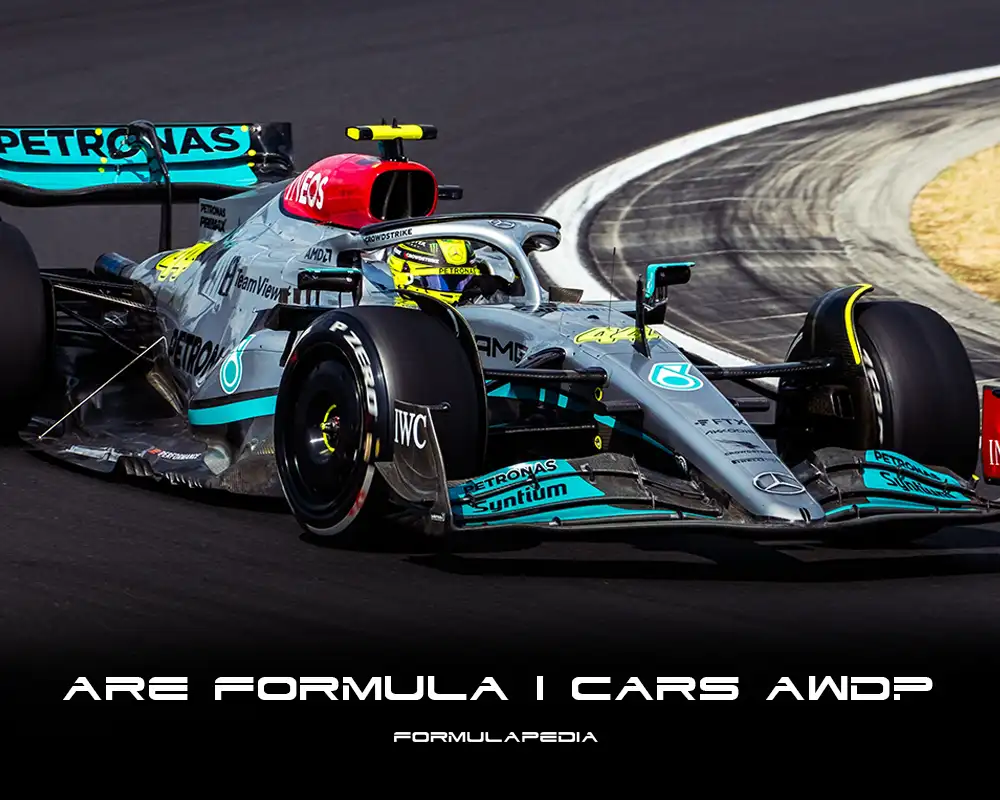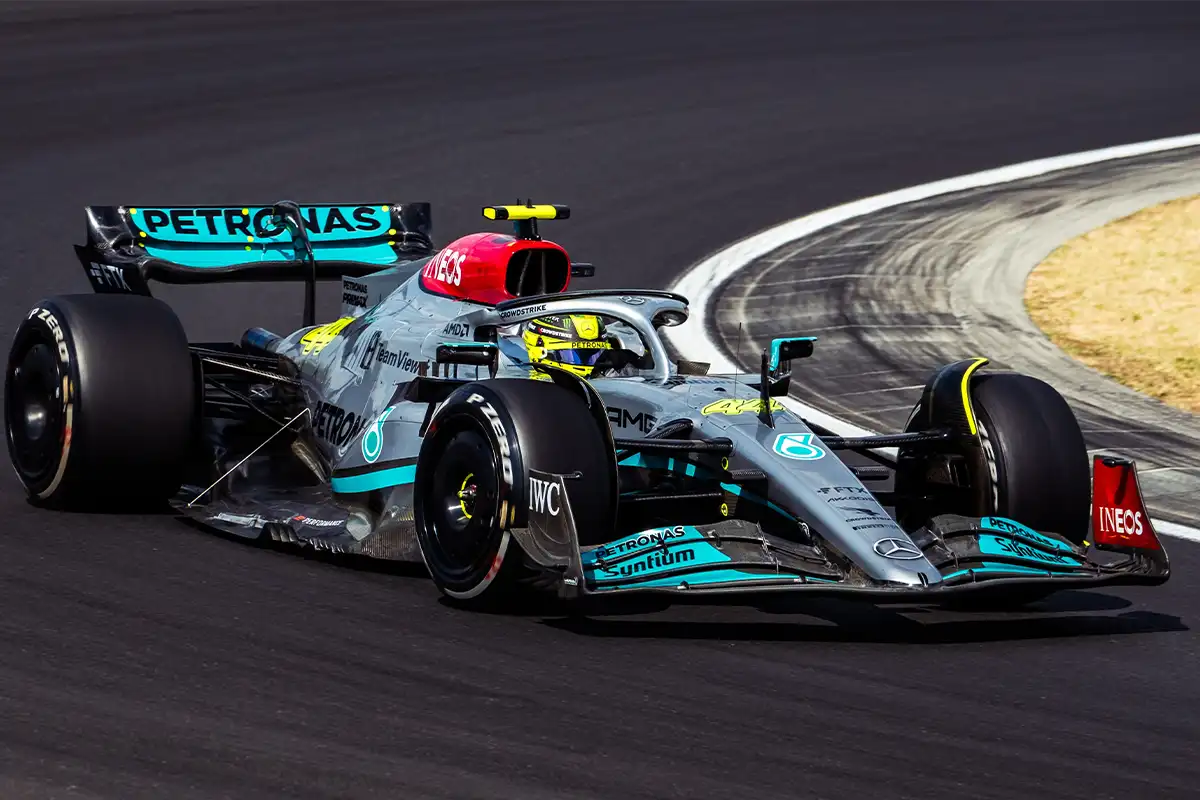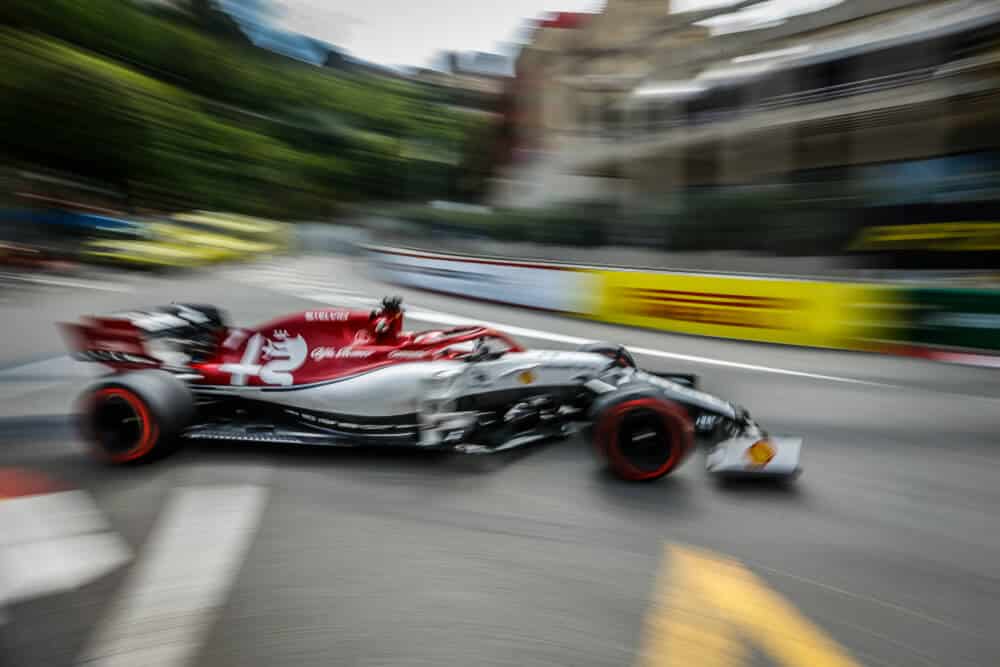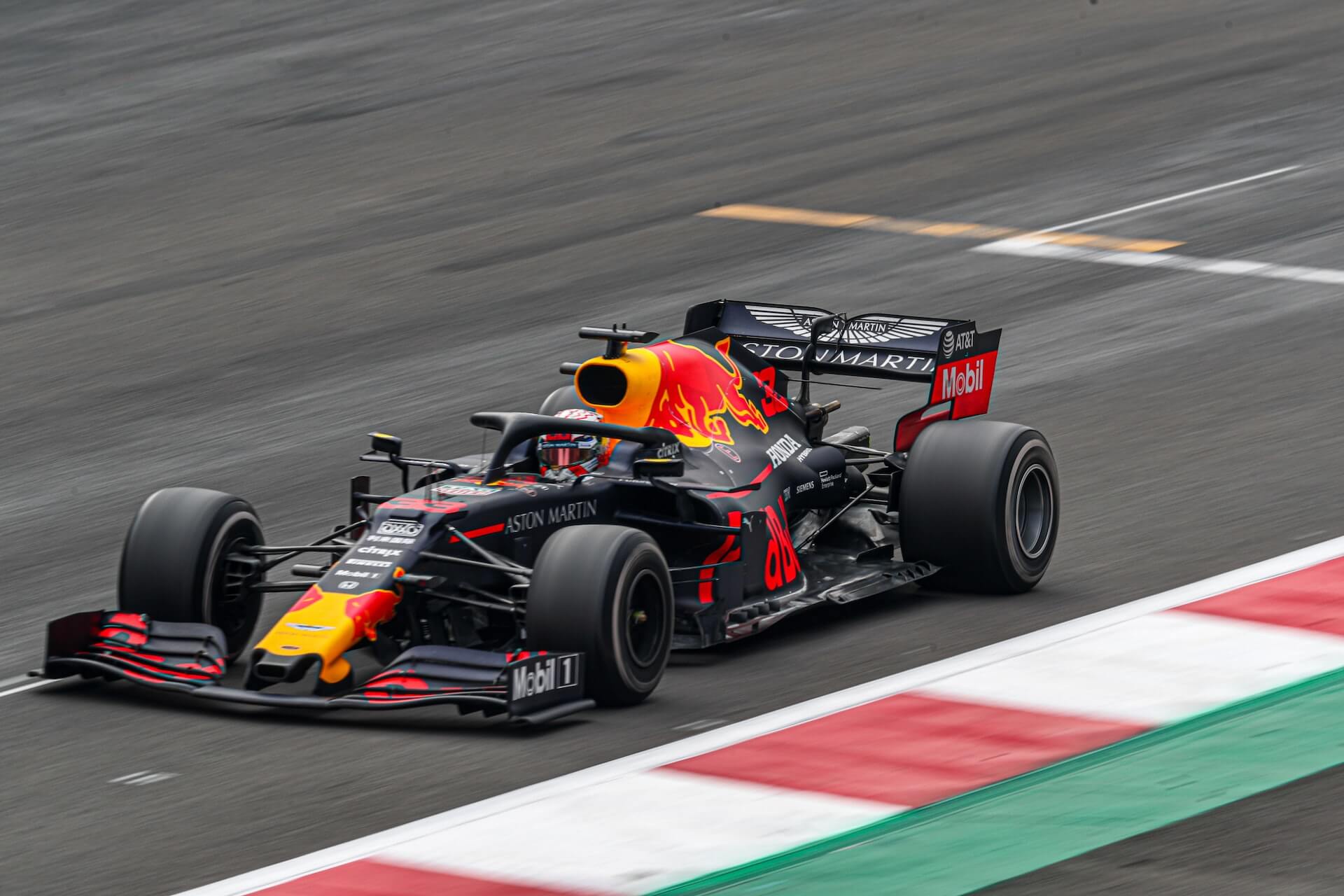Formula 1 cars are some of the most advanced racing machines on the planet. They are designed and crafted to be as lightweight and aerodynamic as possible, while still providing an incredible amount of power.
But, one question that often comes up when discussing F1 cars is “Are Formula 1 cars AWD (All-wheel drive)?”
We’ll be exploring the answer to that question in more detail in this article.
Table of Contents
Watch this video to learn more about the speed comparison between AWD and RWD on a Formula 1 car.
Are Formula 1 cars AWD (All-wheel drive)?
No, Formula 1 cars are not AWD (All-wheel drive). F1 cars typically run on rear wheel drive, meaning power is delivered to the back wheels and they are responsible for propelling the car forward. This provides a greater sense of control over the car’s movements.
Since F1 cars have such a high power output, the added weight of AWD components would be an additional burden and could potentially affect the car’s performance.
As well as this, rear wheel drive is the more traditional setup for racing cars, so it makes sense that F1 cars follow suit. It is a lot of difference between Formula 1 and Formula E car, but the rear wheel drive is also the best choice for in Formula E.
Key takeaways
Here are some key aspects that you should know about regarding AWD:
- F1 cars do not use AWD (All-wheel drive) technology due to the weight penalty associated with it and the lack of a need for traction in F1 racing.
- F1 cars are designed to be lightweight and highly maneuverable, as such they would not benefit greatly from the added weight of AWD technology.
- Instead, F1 cars use rear wheel drive and the latest technology to optimize traction and performance.
- RWD also helps to keep weight down and provide the precision control needed for F1 racing.
- F1 drivers rely on their skills and the technical capabilities of their vehicle when it comes to cornering, braking, and acceleration; there is no need for AWD technology to achieve these goals.

Understanding AWD (All-wheel drive)
Let’s take a look at what AWD actually is and how it compares to RWD.
AWD (All-wheel drive)
AWD (All-wheel drive) is a type of vehicle drivetrain where power is transferred to all four wheels. This helps to provide better traction and improved performance in wet or slippery driving conditions.
AWD systems are relatively heavy, so they can add a lot of extra weight to the vehicle which will affect its performance.
Moreover, AWD systems are not always necessary – for example, F1 cars don’t need the extra traction of AWD due to the level of skill required by their drivers. This is why they opt for a more traditional RWD setup instead.
RWD (Rear-wheel drive)
RWD (Rear-wheel drive) is the traditional setup for racing cars, including Formula 1 cars. It delivers power to the rear wheels and allows the driver to have greater control over their vehicle’s movements.
RWD also helps keep weight down and provides more precise control when cornering at high speeds.
Since F1 cars are designed to be lightweight and highly maneuverable, they don’t benefit greatly from the extra weight associated with AWD technology This is why F1 cars have traditionally used RWD for their drivetrain setup.
RWD (Rear-wheel drive) is the traditional setup for racing cars, including Formula 1 cars. It delivers power to the rear wheels and allows the driver to have greater control over their vehicle's movements.
Why F1 cars prefer RWD
Here are some of the reasons why F1 cars opt for RWD over AWD:
1. F1 cars need to be light and agile
RWD allows for a lightweight design as the front axle doesn’t have to bear the additional weight of drivetrain components. This helps improve agility and responsiveness, which is essential in F1 racing.
2. Improved cornering capability
The rear-wheel orientation in F1 cars provides greater grip when cornering at high speeds. This is because the front axle can concentrate on steering, while the rear axle provides power to propel the car forward.
3. AWD adds weight and complexity
On the other hand, an AWD system would add additional components to the drivetrain and increase overall complexity of a Formula 1 car. This could have a negative impact on the car’s performance and handling, as well as adding more weight that could compromise flexibility.
The difference between AWD and RWD
Both RWD and AWD provide power to all four wheels but the way they do it is different. Let’s take a look at some of the key differences between the two:
1. Distribution of power
RWD sends power to the rear wheels, while AWD distributes it between all four. This allows for greater control over cornering and acceleration.
2. Weight
AWD is typically heavier than RWD due to the added components needed for distribution of power to all four wheels. As we’ve already discussed, this added weight can have an impact on performance.
3. Traction
AWD provides superior traction as power is sent to all four wheels. This helps when it comes to acceleration and cornering, especially on slippery surfaces like snow or ice. Since there is no need for extra traction in F1 racing, an AWD setup would not be beneficial to the performance of an F1 car.
Frequently asked questions
Why are F1 cars not AWD?
When did Formula 1 ban AWD?
Conclusion
To summarize, AWD is not used in F1 racing due to the added weight and complexity of the system, as well as its lack of necessity in this particular form of motorsport.
RWD remains the preferred choice for F1 cars as it provides greater control over cornering and acceleration without adding unnecessary weight.
However, AWD systems still have their advantages in other forms of motorsport and can be used to great advantage when the conditions require greater control over a vehicle’s movement.
For F1 cars however, RWD remains the preferred drivetrain setup. That covers all you need to know about AWD in Formula 1 racing!




